No description yet: Can you help?
Casa per Anziani
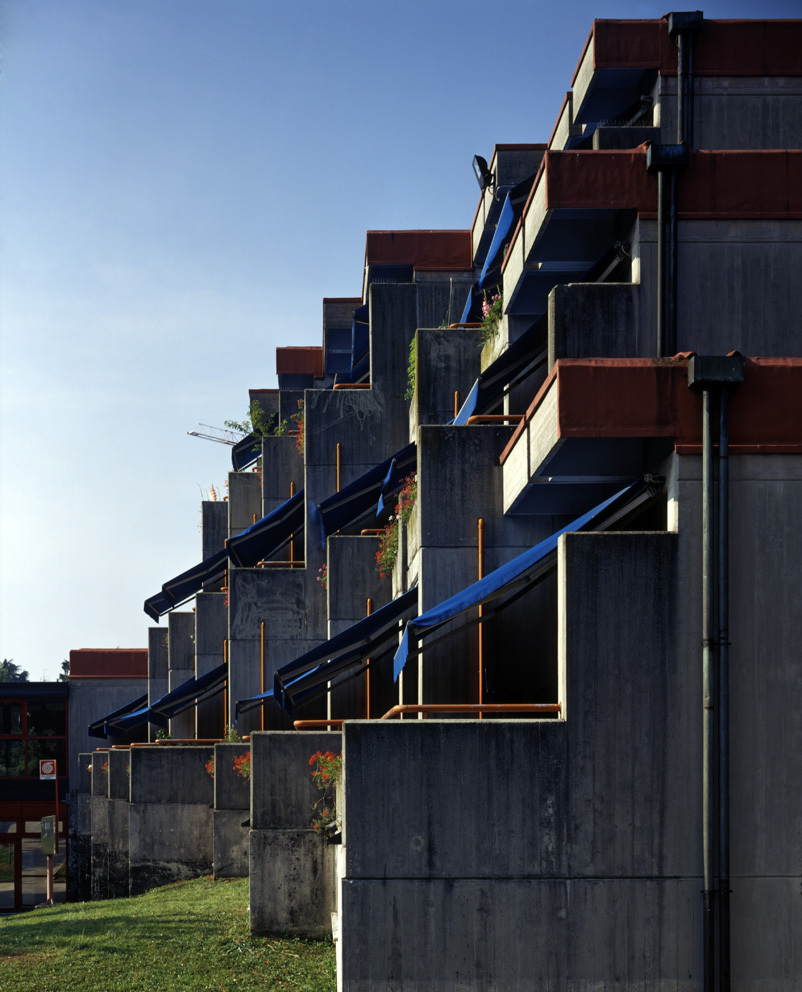

No description yet: Can you help?
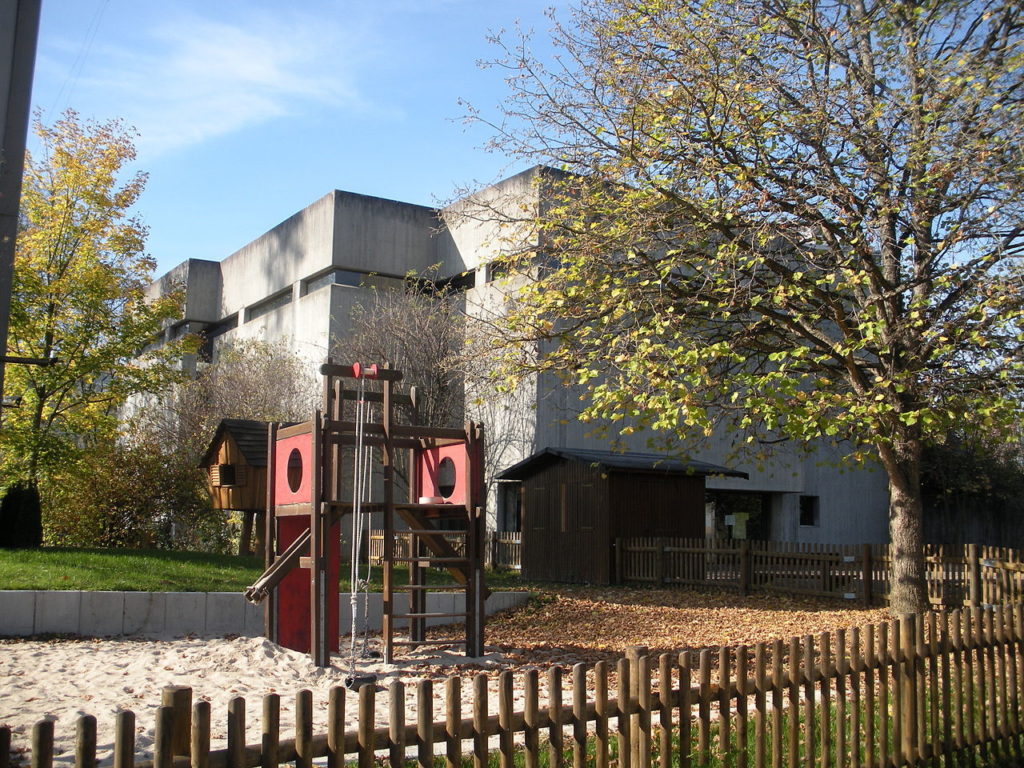
No description yet: Can you help?
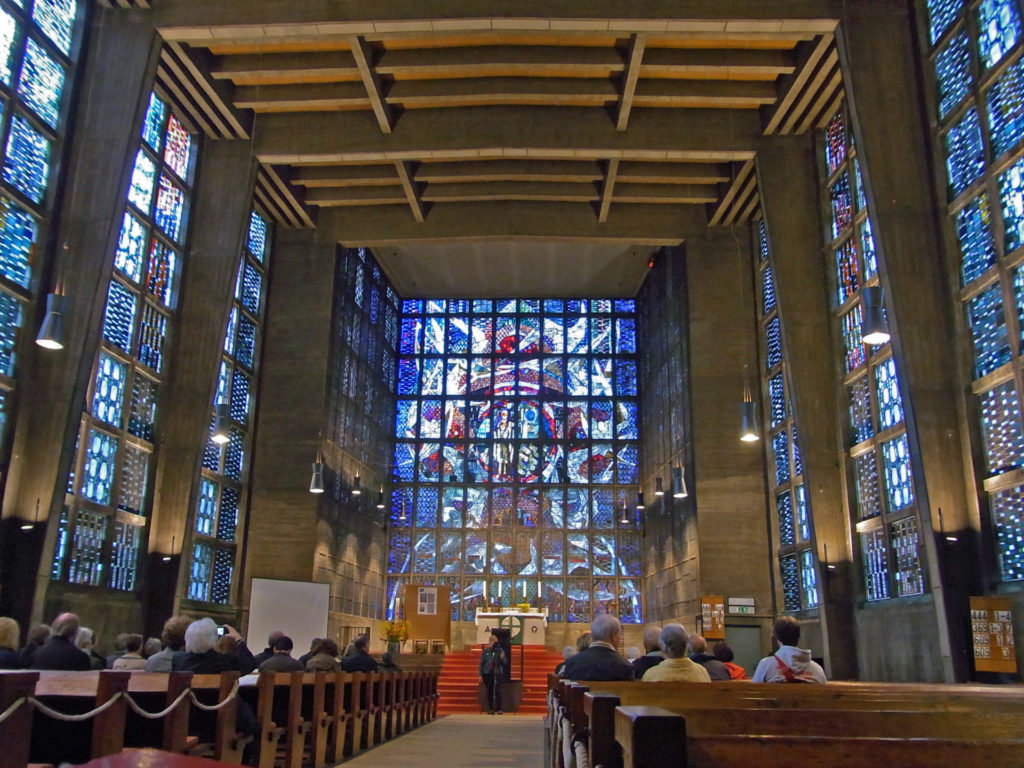
From the outside the Nicolai Church follows a classic modernist design approach. The load bearing frame and ceiling on the inside however consist of raw exposed concrete elements that anticipate future Brutalist sensibilities in a remarkable way. It was…
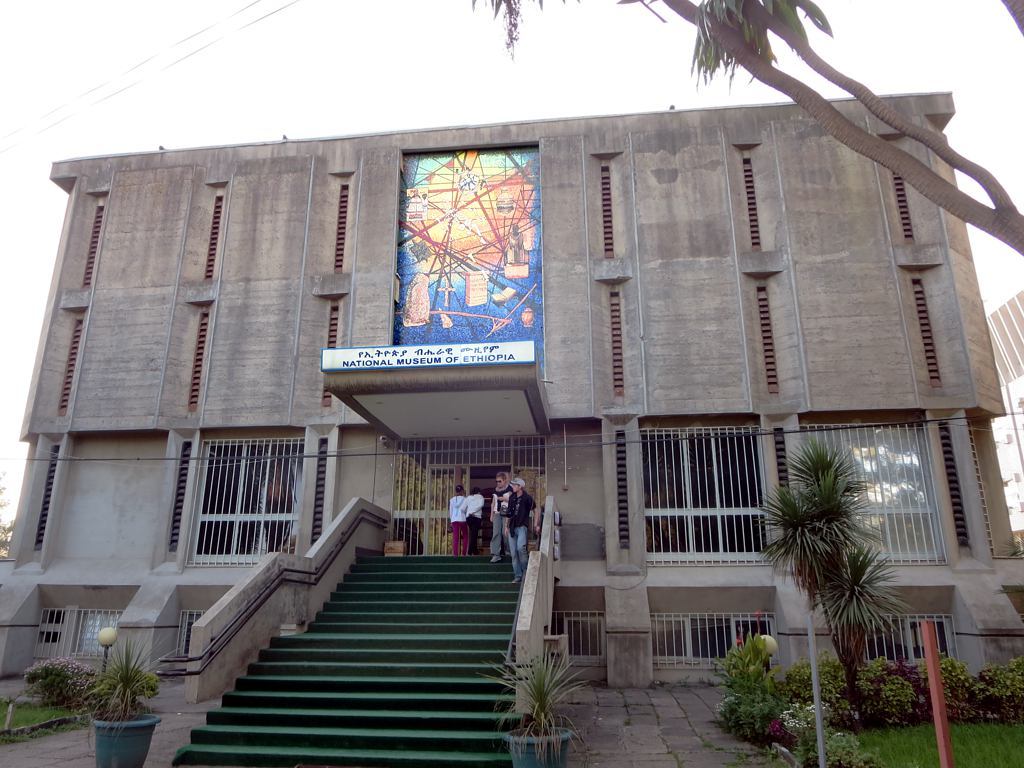
No description yet: Can you help?
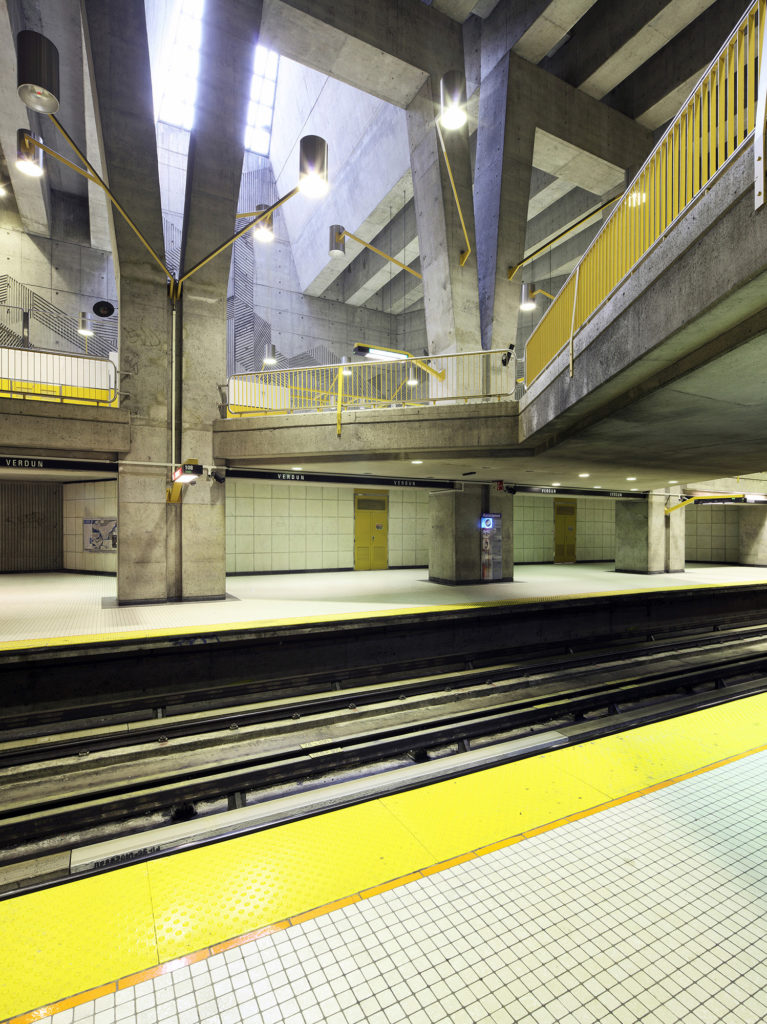
The Metro was founded in the 1960s. For the 1976 Summer Olympics it was extended significantly. Among the newly built stations of that era (extending into the early 1980s) in particular are several significant examples of Brutalism. The most notable exa…
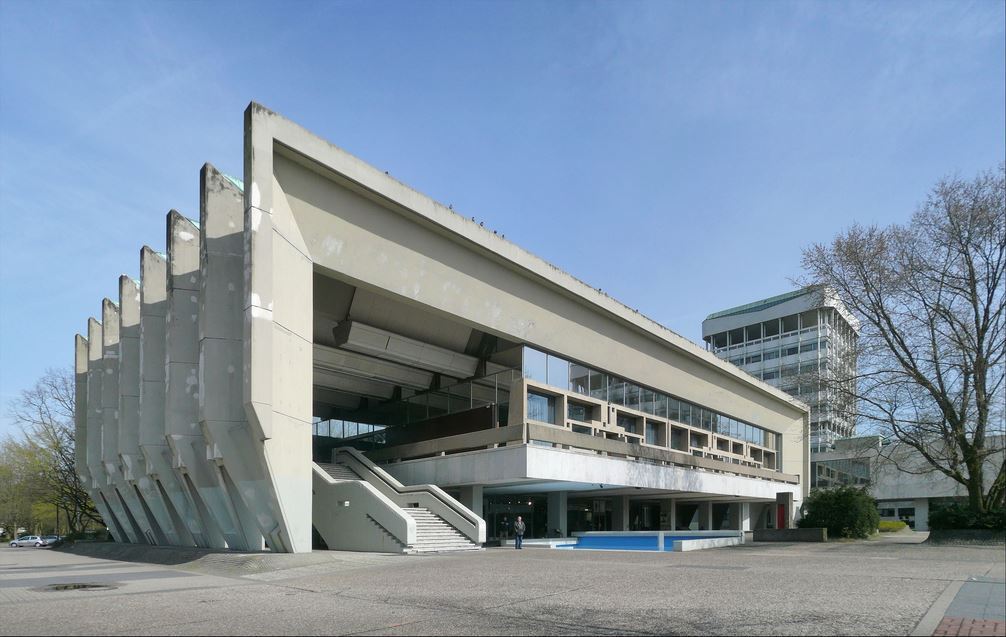
No description yet: Can you help?
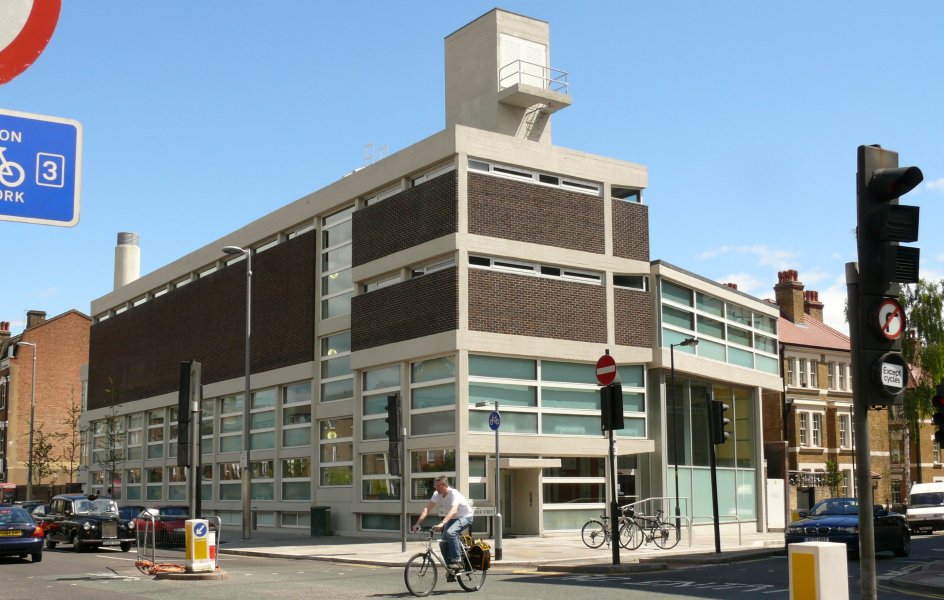
No description yet: Can you help?
No description yet: Can you help?
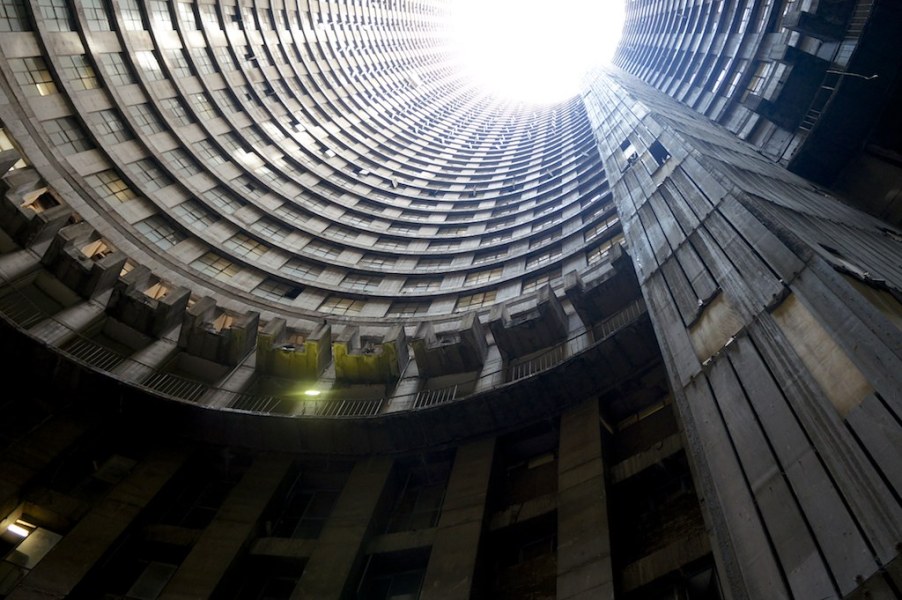
No description yet: Can you help?
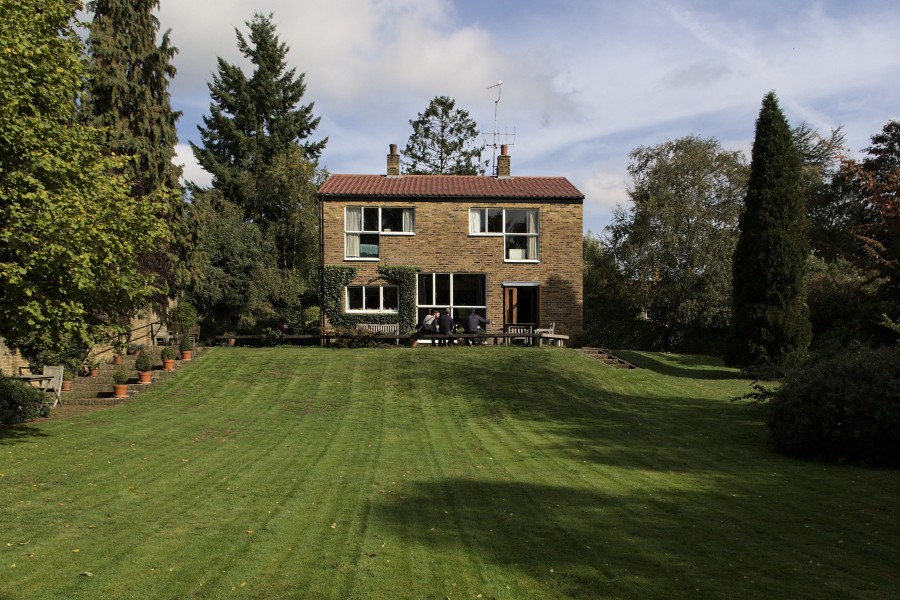
The developer was an engineer who worked for Ove Arup. The house does not disguise the coarse construction work on the inside, either: wood and brick. On the outside, it is also “modernist” (the refined industrial window profiles), “traditional”…
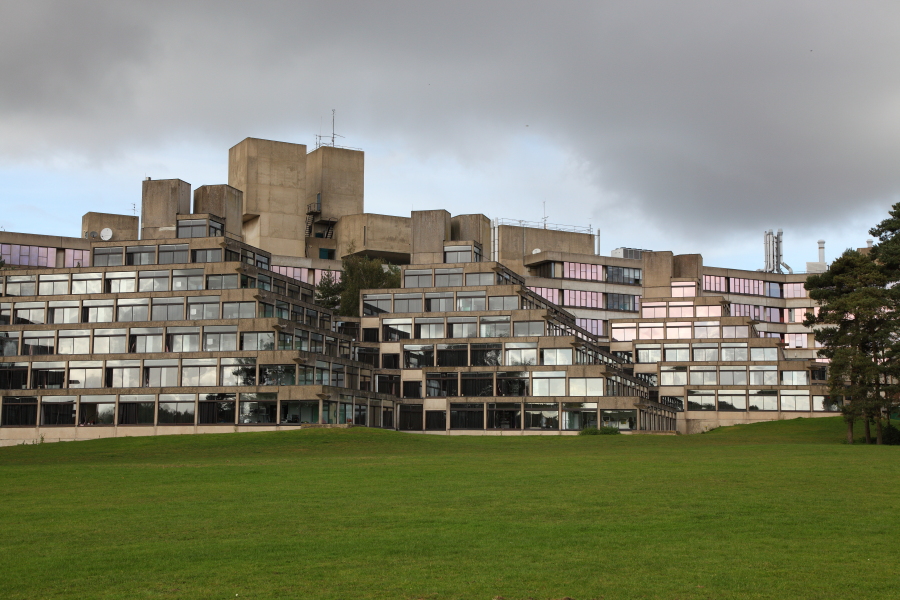
As one of seven new universities built in the 1960s, the campus outside the town was designed from the bottom up. The ziggurat-like terraces with the student residences are integrated into the topography. Connected to them by a raised footpath, at the b…
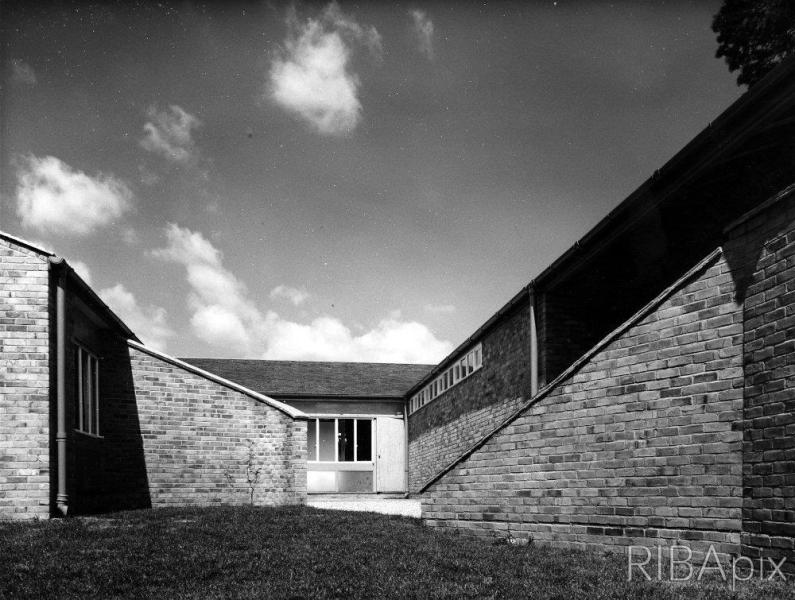
Banham mentions it as typical of “a sudden upsurge of architectural quality in English domestic design”.
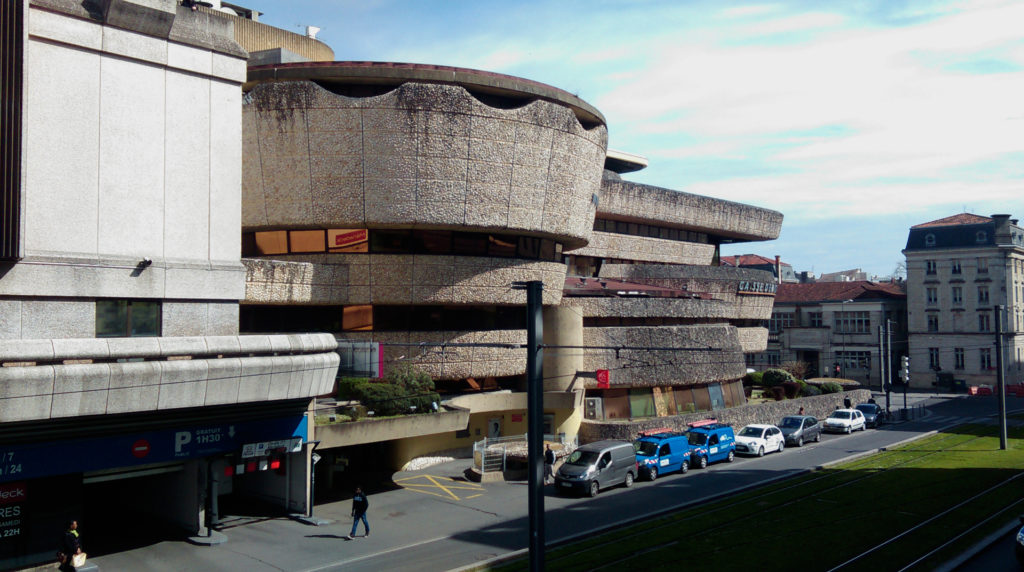
The Guggenheim-esque bank building is part of the large scale neighborhood development Meriadeck, which features a comprehensive elevated walkway system.
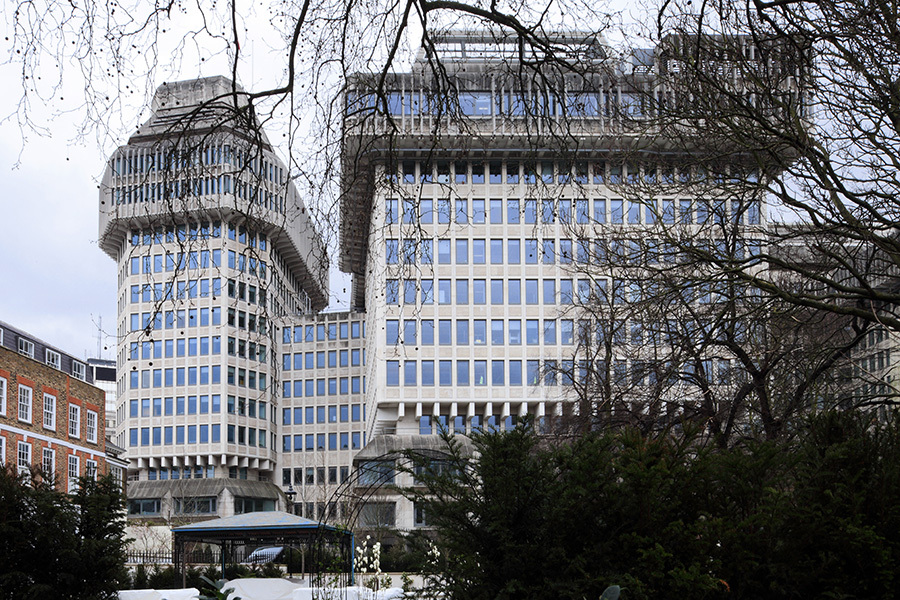
No description yet: Can you help?
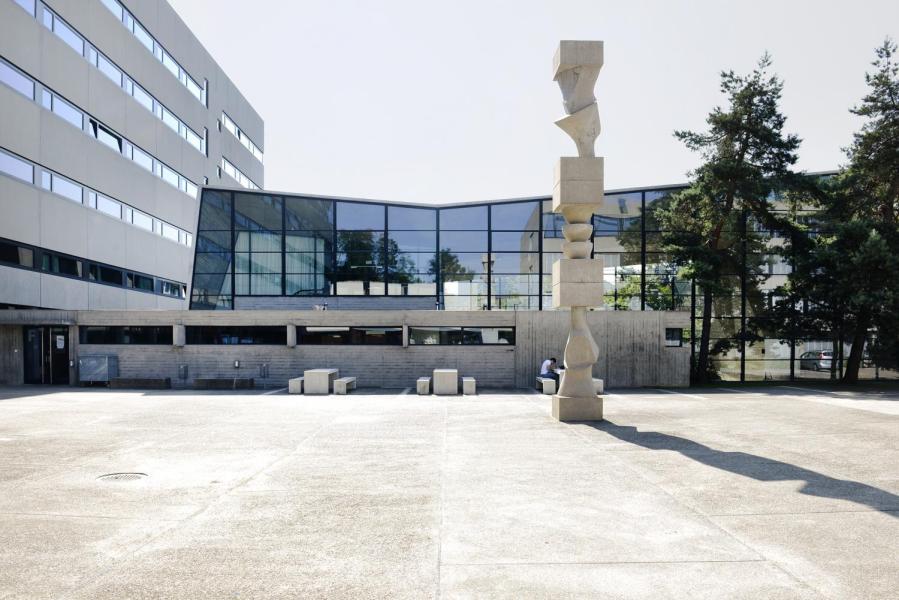
No description yet: Can you help?
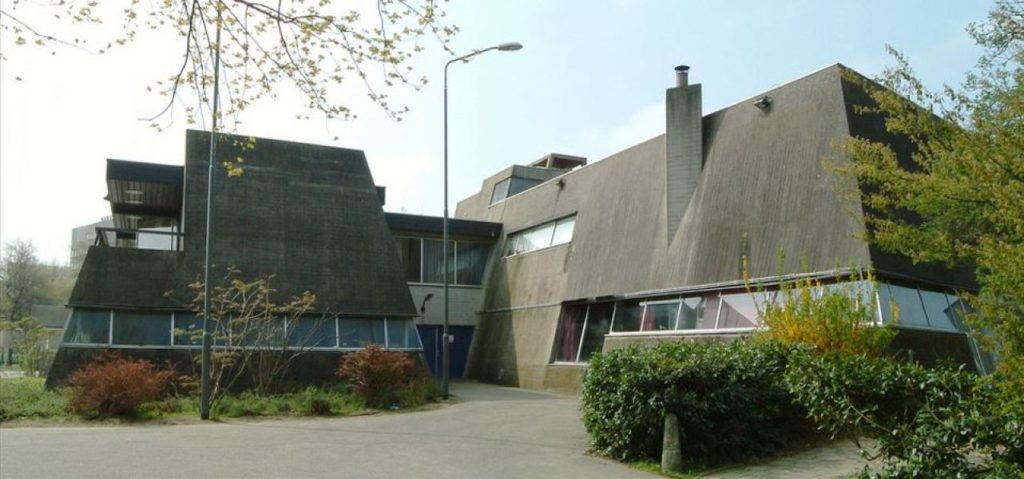
Locally known as „the bunker“, this massive exposed concrete building is an example of the fascination with military architecture that played an important role for many architects during the evolution of Brutalism.
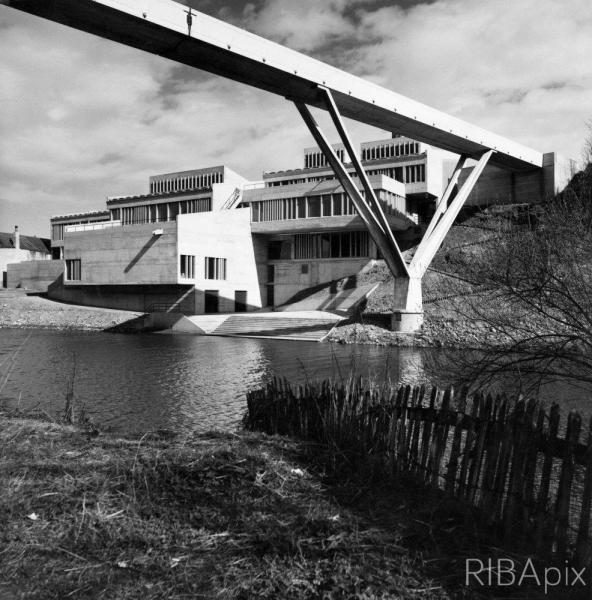
No description yet: Can you help?
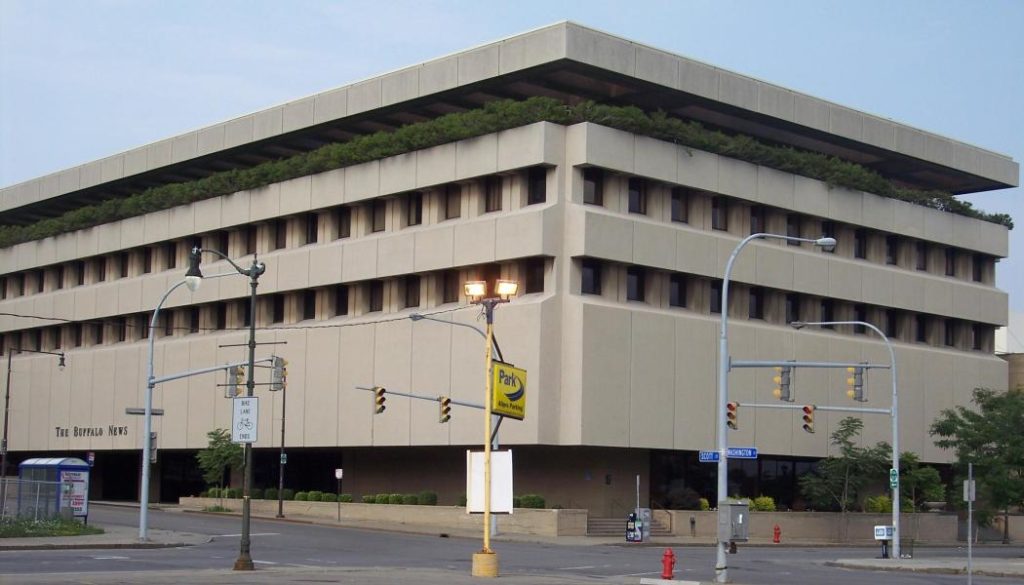
No description yet: Can you help?
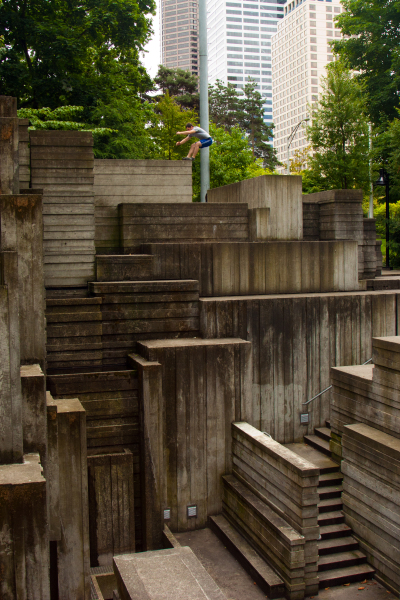
After a long, controversial planning period the park was built in 1976 amidst and on top of a large multi-level “knot” of roads. Taking from the surrounding concrete infrastructure, the artificial rocks are rendered as rectangular concrete volumes.
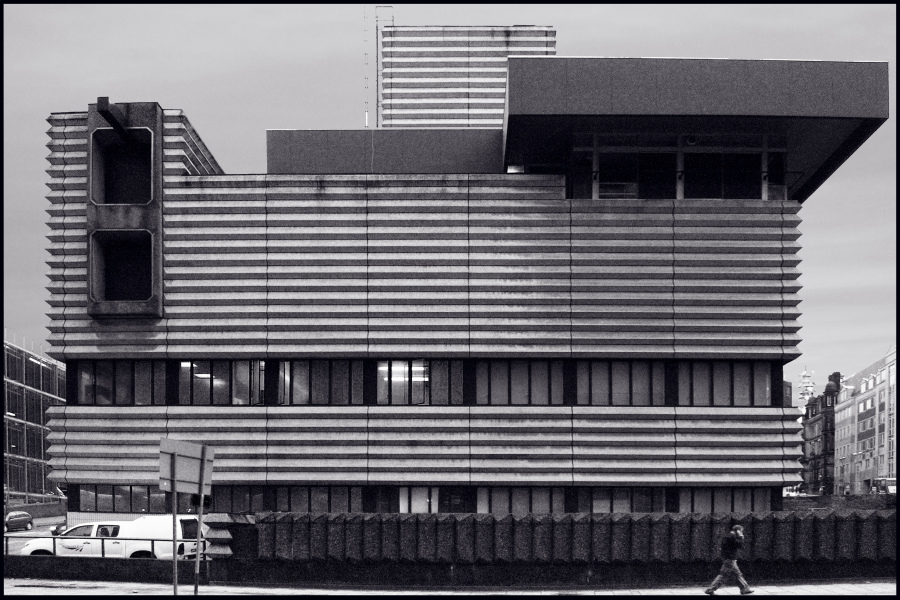
No description yet: Can you help?